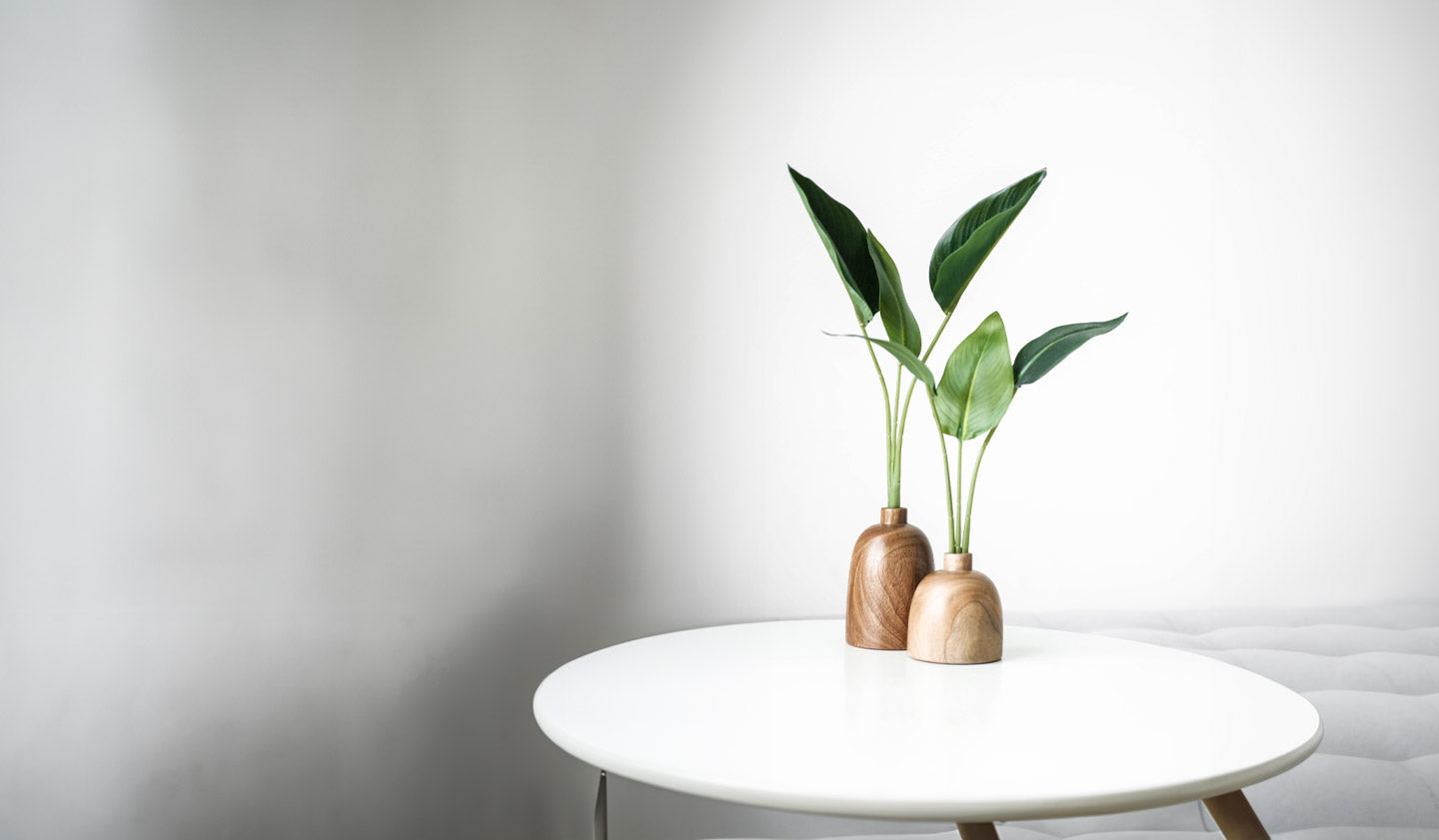-

Plant Lighting
Is all white light the same? Why not just use an ordinary bulb?
This is the most common question we get. The short answer is that the white light produced by the Aspect™ is unique and is not at all comparable to the spectrum of any store bought light bulbs. This is due to our unique spectrum that was designed for both plant growth and general lighting. The Aspect™ provides a significant amount of output that corresponds with photosynthetically active radiation, commonly known as PAR, which is the acceptable wavelength range for photosynthesis. Like most LED grow lights, we have peaks of light that correspond with Chlorophyll A and B, Chlorophyll Synthesis, Carotenoids, Carotene, and far red Phytochromes.
To expand on that answer, our white light is produced in such a different way as compared with store bought LEDs that it deems a full explanation. First, it is important to know what white light really is. White is a combination of the primary colors red, green and blue. In the LED industry, companies use two methods to produce white light. These include mixing light from red, green and blue LEDs or by using a yellow phosphorous coating over a blue LED. The latter is a more efficient and higher quality solution for home lighting and is used by nearly every LED producer. This works because a large amount of yellow light stimulates both the green and red cones in our eye, tricking us into seeing white. This method is great for lighting, but provides too much green and yellow light while not providing any of the critical red light needed for plant growth.
The Aspect™ set out to solve this problem by first focusing on the spectrum required for photosynthesis, then adjusting that spectrum until we got a high quality white light!
I thought green was bad?
Green light in small amounts is fine, it’s beneficial to most plants. Green light is transmitted deeper into the leaf and is more efficient than either blue or red light at driving CO2 fixation on the lower sides of the leaf. Some newer full spectrum lights are even including green and yellow light for slightly better yield of expensive crops. The reason not everyone uses green is because it is poorly absorbed into the plant, making it costly to use. Most LED lights on the market still focus on only red and blue light since it is the most efficient at driving photosynthesis. This keeps the price of the light affordable to commercial growers so they can produce inexpensive indoor crops year round. We use a full spectrum white light so you can enjoy healthy plants in your living room all year long!
Why should I grow plants indoors?
The addition of plants to a room can instantly change the atmosphere and add that kick your décor needs to stand out and feel complete. Plants also have the added benefit of providing positive health benefits, such as increased oxygen levels. Many plants were found to remove up to 90% of carcinogenic chemicals from the air. We changed the way you think about décor, so get creative and light up the corner of your room with a lemon tree or hang some herbs off of your kitchen wall!
Want to know how to grow a specific plant?
CLICK HERE
What is the difference between direct and indirect light?
Direct light exposes your plant completely and means your plant has a fully unobstructed view of your light source.
Indirect light means that your light source is not shining onto your plant at full strength. This is because something is obstructing the light from getting a full view of the plant or the light is not positioned directly above your plant.




















